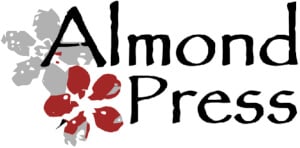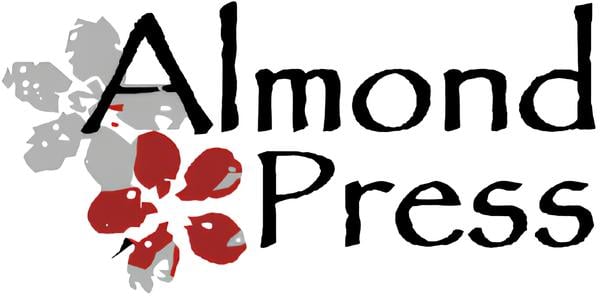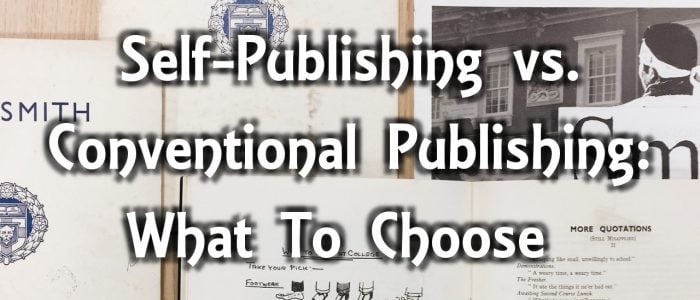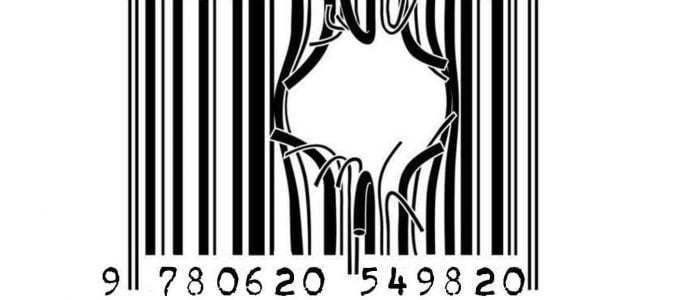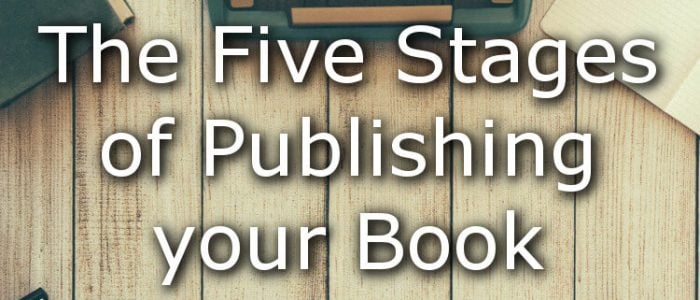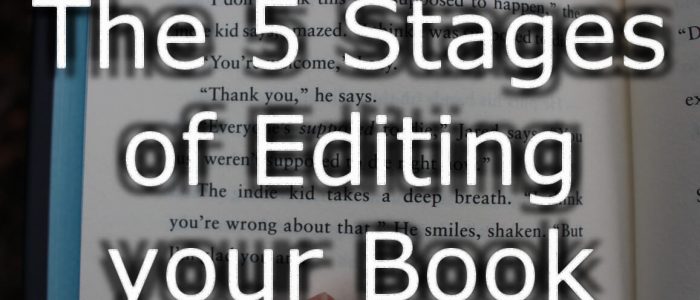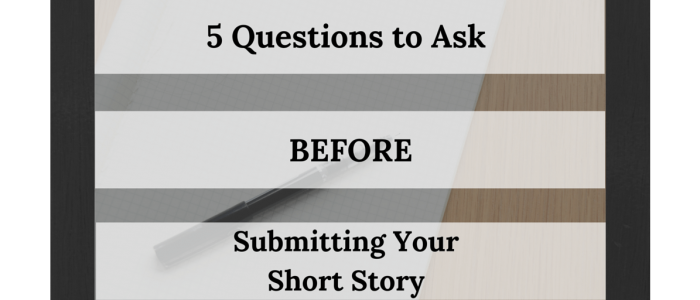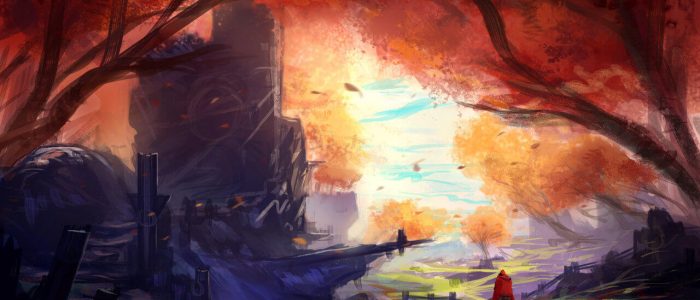So you want to get your book published. The good news is that you have plenty of options. You could go for self-publishing, conventional publishing, also known as traditional publishing, and so many other publishing modes in-between that tend to blur the lines and make everything seamlessly blend in. The bad news is that you’ve got so many potential paths before you that it’s easy to get confused on what to do. That, my friend, is the curse of having too many options. And that’s why articles like this one exist: they tell you what you need to know so you can see the forest from the trees and make a more informed choice. To publish or to be published? Thomas Hayes, an expert essay writer, author of several top resume writing services, and a partner at many prestigious publishing and marketing firms, understands how the arcane world of publishing works and has quite a lot to say about the eternal question that faces every newbie writer. “We live in a digital world. What that means is that we all get plenty of options when it comes to sharing our work. This is especially true for those who want their thoughts and ideas turned into books, whether physical or digital. The thing is, though, that while everyone can write a book or have a book written for them, not everyone is going to be accepted by a conventional publisher.” Conventional Publishing So what, exactly, is conventional publishing all about? Basically, the publisher will read your proposal, if you’re writing a non-fiction book, or manuscript if you’re writing a work of fiction. Basically, you should think of the publisher as an investor and your book idea or manuscript as the investment. The publisher will invest their money, in the form of… read more →
An ISBN is an International Book Standard Number. It identifies the book, and it’s usually printed with the barcode on the back and on the book’s title page. If an ISBN was assigned before 2007, it’ll be 10 digits long. If it’s after that, it’ll be 13 digits long. The ISBN records the book’s metadata – so the publisher, the title and the country that it was published in – and is unique to that book. This means it can be easily identified by any bookseller or library. What do the numbers in the ISBN mean? The numbering system can get pretty complicated (check out the Wikipedia page if you want an in-depth analysis) but basically the numbers tell you the country, the publisher and the title, and the final digit is a checking number to ensure the code’s correct. Do I need an ISBN? Basically, yes. If you’re planning on just printing a book as a gift or a private record, you don’t need an ISBN. But if you’re planning on selling your book, or think you might want to sell it or give it away more widely in the future, you need an ISBN. What is the barcode for? Do I need a barcode? The barcode on a book is the ISBN in a machine-readable format. If you’re planning on selling hard copies of your book, then you will need a barcode. Usually, barcodes are provided by the publisher or self-publishing companies. It’s only if you’re getting your book printed privately that you’ll need to purchase a barcode along with your ISBN. Who sells ISBNs? Where can I get mine? ISBNs are sold by national agencies in each country. In the US, Bowker deals with ISBN purchases; in the UK, it’s Nielsen. If you put in “ISBN” and *your country*… read more →
I’ll start with a disclaimer and some credentials; I’m involved in the submissions and editing process for Grimbold Books, my publisher. It’s a small indie press, which in many ways is wonderful – anyone involved get to do a bit of everything! But it’s really made me realise that when I first started submitting writing to publishers, I had absolutely no idea of the process that goes on once your writing has hit the submissions inbox. Surely they just…read it? And then publish it? Well, yes…sort of. But it’s a bit more complicated than that. So, before you do any of this, go and read 5 Questions to Ask Before Submitting a Short Story. It applies to novels, too! Stage 1: Submission Read the subs guidelines! I know they’re annoying and it’s a pain to have to format (I submit too, so I have a lot of sympathy for the never-ending task of re-formatting things) but it really does make reading easier. And on the same note, please send the amount asked. If the guidelines wants 10,000 words, a little under or over is fine…but don’t send your entire manuscript. Having a synopsis is nice; it gives us some idea of how the story unfolds. We often won’t have time to read the entire thing, so the first 30 pages and a synopsis is excellent. Tell us something about you; you don’t have to seem quirky, but just some insight into who you are is nice. However, your work will speak for itself, so if (like me) you’re fairly self-conscious when it comes to showing off, you won’t miss out by not giving a huge bio. And lastly (again) – read the guidelines! You want to make the publisher’s job as easy as possible – and that means sending what… read more →
I used to get pretty confused by the random terminology that publishers and writers use to describe the editing process. What’s the different between an edit and a copy-edit? Do I really need all of these stages? What on earth is everyone on about? Step 1: Writing the book This is Draft 1 to Draft “I lost count”, and then Edit Version 1 to infinity…and you’ve written the ending! It’s done! Now what? Step 2: Alpha read When you’re ready, you hand it over to someone (either a friend or an editor) to have a first read. This is usually the plot holes, “does this make sense?” and “is my story any good?” This can be a complete change of plot, or entire sections deleted; or this can be smaller details, where you’ve got most of it right already. The story might go back to draft versions at this point, or may go on to the next stage… Step 3: Beta read This is the character motivation, minor plot holes, small details; where the gun got left in the house yet is suddenly to hand; you forgot to mention that the hero has any skills at animal-taming yet is suddenly amazing at it; they’re in completely the wrong sector of space to have seen that star formation; and why on earth is he talking to her? He hates her! This is where the story and plot are ok, with no major holes, but there might be some smaller flaws. That said…I’ve had stories at the beta-read stage that have needed chunks added or even complete re-writes! Every reader brings something different, and you might find that even when a story is finished…it’s not. So these two stages can be interchangeable, but you’ll usually find things have a flow; your first… read more →
Have you ever toyed around with the idea of submitting your short story to a publication, but felt too overwhelmed or uncertain to actually send in your manuscript? Creating a strategy for myself based on the five questions below helped me prepare one of my short stories (which I’ll lovingly refer to by the alias of Fantasy Story #1) and ready myself for the submission process. First, I had to ask myself: I. Have I made my story the best it can be? The rest of this post continues under the assumption that you have already gone through the steps to thoroughly edit your short story. Whether you’ve hired a freelance editor, consulted with your beta readers, or participated in your critique group, make sure that you’ve got at least one other pair of eyes to look over your story. Even if the thought of having your work critiqued isn’t exactly fun, you’ll be thankful later on for the chance to improve your story before you start sending it out. When I was preparing Fantasy Story #1, I submitted my draft to a writer’s critique group that I had joined a few months prior after doing some self-editing to my manuscript. I received valuable feedback from around 6 other members of the group, which I then reconciled and used to improve my draft. Specifically, my critique group caught a plot hole that I was able to fix in my second round of editing. II. Have I created a solid organizational system? Before moving onto the next step and looking for markets to submit your work, I would recommend creating a system for recording details of the stories that you plan to submit and information on the publications you are interested in. I’ve experimented with a some submissions tracking software, but… read more →
The world is – and always has been – full of stories that describe the world after an apocalypse. In religion it’s often a way to start over. In the bible it’s up to Noah, to built a new post-apocalyptic world after the flood has washed away all civilization. When ‘Ragnarok’, de final battle in Scandinavian mythology, has ended up in the death of almost all the gods, creatures and people, it’s up to two people hiding in a tree to climb down and reshape their world. And so we can continue throughout history, reading the stories of new worlds and life after the decline. We can go all the way from the bible to ‘the hitchhikers guide to the Galaxy’ and ‘The Road’. A rise in post-apocalyptic novels Since the success of ‘The Road’, the praised novel by Cormac McCarthy, there has been a rise in the popularity of post-apocalyptic writing. Jason Heller gives an extensive list of examples in his article ‘Does Post-Apocalyptic Literature Have A (Non-Dystopian) Future?’ Since then, there are numerous new ways the world could end, and a lot of novels have been adapted for the screen. In ‘I am Legend’, based on the novel by Richard Matheson (1954), 90% of all humans are infected with a virus after a researcher tries to find a cure for cancer. But also major floods, wars between species, climate change and genetically modified ‘super humans’ pop up in all kinds of stories. There are also a lot of novelists that create their stories in a world after a devastating event. In “The Bone Clocks” by David Mitchell we not only have to deal with elements of fantasy but also with a society that – in the near future – has fallen apart. Global society has reached the age… read more →
Books covers are a tricky issue when you are self-publishing. They are also a personal gripe of mine! There are some absolutely amazing book covers out there, but just as many (if not more!) utterly terrible ones. Overcoming this hurdle as a self-publisher is quite a difficult and very technical task. Like it or not, most folk do judge a book by its cover, so this is one of the first things you really need to get right (as well as writing an absolutely amazing book, no pressure!). There are a lot of companies and artists now springing up on the internet who specialise in the design of book covers for self-published writers. This is a great idea in my opinion. It helps artists get their work out there also, and as long as you are both thinking along the same lines there is a lot of potential. Having said that, some of the offerings I have seen out there probably would not grip me and convince me that I have to read this book immediately. It’s very tricky. My advice So…my first piece of advice is to be really careful when approaching the issue of your book cover. As we have established, it’s a massively important task. You want to ensure you have something professional that really captures the spirit of your book, reflects yourself as a writer and stands out to prospective readers. I’ll be honest – I’m still not entirely happy with my own book cover. It’s sort of an ongoing project – I’ll fiddle with a few ideas every so often, send various designs to people and ask their opinions, before going back to what it was originally, with a few minor tweaks. I have images in my head of what I would love it to… read more →
Over the past few years, there has been a real surge in how the internet and technological advances have affected the world of writing. The publishing industry is constantly changing and the way we purchase and read books isn’t as straightforward as it used to be. If you are a writer, it’s important that you keep up to date on these developments and use them to your advantage. As we all know, writing itself can be totally time consuming, but add in the need for online promotion and website maintenance and you’d be surprised if you had time to do anything else! The internet has unleashed so many tools for us as writers, but at the same time, it can often feel as if we are the tiniest little fish in a gigantic ocean of other tiny fish, all fighting to be noticed! How can we get others to pay attention to us? We don’t have the powers of the big publishers who could get our book to the front display in Waterstones. It’s all on us to get as much promotion as possible! I personally find it liberating, but at the same time, totally intimidating! I love the new ‘do-it-yourself’ aspect of self publishing. I have complete control and I enjoy the challenge. At the moment, I’m yet to fully dive into that world again, as I am still working on streamlining my book into something I am totally proud of, but I look forward to it. I think that if you are a self-published writer, then rather than allowing the process to overwhelm you, you should step up to the mark, research all the different ways of promoting yourself, really get creative and see what you can come up with. There are a lot of writing forums out… read more →
